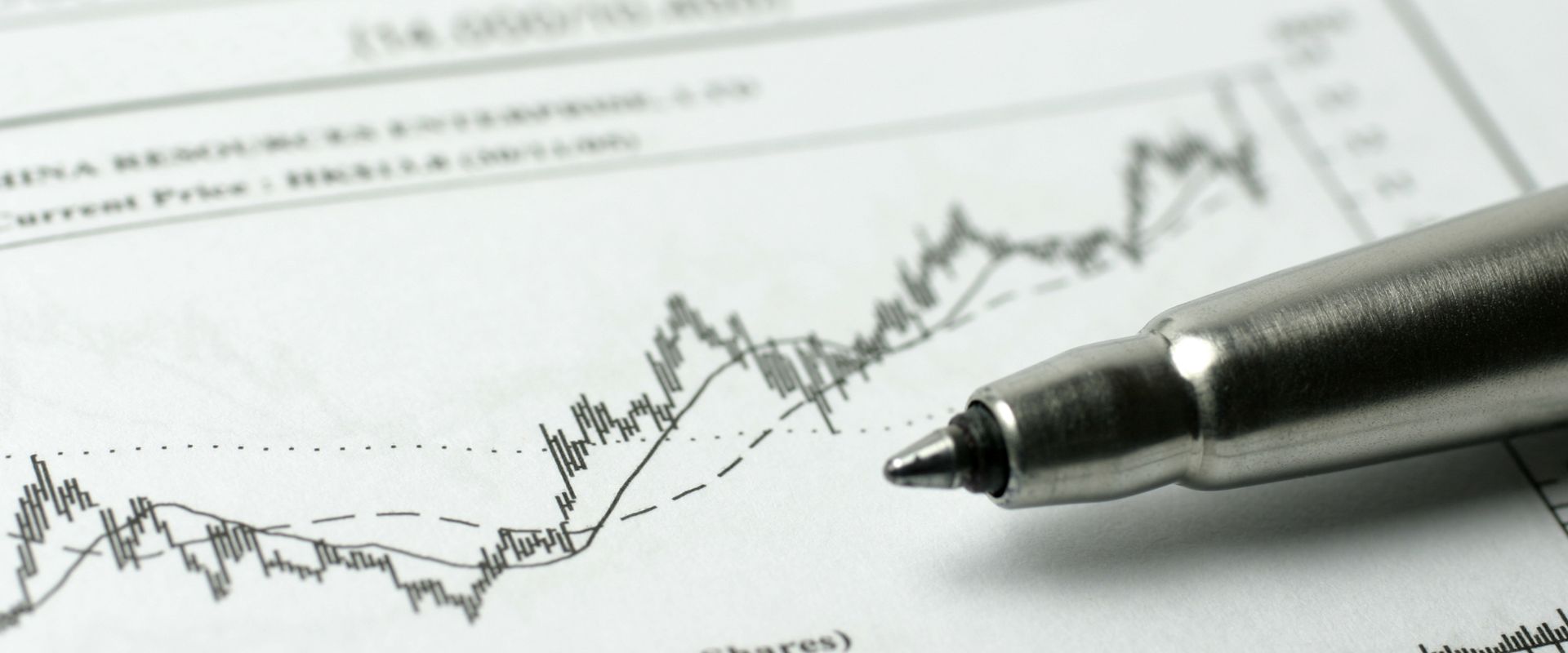Table of Contents
There are many well-known benefits to investing in gold. Its value is timeless. Gold diversifies your portfolio and protects you in times of economic or political crisis. However, gold has another benefit that not everyone considers: its liquidity.
So, the short answer to the question, “Is gold a liquid asset?” is yes.
If you invest in gold, it’s important to know why it’s a liquid asset and what benefits that status offers. Understanding the resources in your portfolio is essential to making the most strategic and beneficial financial decisions for your assets.
Why Is Gold Known as a Liquid Asset?
Some of the traits of gold make it a great liquid asset. Gold is a liquid asset because it’s:
- Universally recognized
- Easy to buy and sell
- Always high in demand
- An established and stable market
- Physically tangible
Because gold has been valuable for so long, it boasts universal recognition as something of great worth. For thousands of years, gold has been a form of currency in many places and cultures around the globe. That’s why, to this day, it’s easy to sell gold and immediately collect cash in return.
Much of gold’s value comes from its rarity. There is a limited supply, so everyone wants some of it. This keeps the price of gold relatively stable compared to assets like cash, which is susceptible to inflation. The high demand makes it easy to sell since there will always be interested buyers.
The established market for gold also makes it liquid. With established prices, procedures, and patterns, gold is one of the simplest assets to exchange for cash.
The price of gold may change, but there is always a standard for it, rather than the buyer alone determining its value. The cash equivalent you receive is more likely to be the exact value of your gold.
The tangibility of gold is another essential factor in its liquidity. Whether in the form of jewelry, coins, bars, or ingots, there is physical proof of its consistent value. More people will be willing to purchase something they can hold, making it easy for you to sell it for cash quickly.
If you want to purchase coins or bars of gold to start diversifying your portfolio, Oxford Gold Group offers a variety of gold products.
What Is Considered a Liquid Asset?

Liquidity refers to how easy it is to exchange a particular asset for cash equal to its market value. The easier it is to convert an asset into cash, the more liquid it is.
For example, money in a checking account is liquid because you can access it at any time by withdrawing it from a bank or ATM. Assets like property are less liquid because they’re difficult to sell, especially at their exact market value.
If you’re wondering, “What is the most liquid asset?” That would be cash, which is easily available, and you can spend it at any time.
Treasury bills and Treasury bonds are other examples of liquid assets. These are investments you can sell for cash almost immediately. Similarly, you can withdraw from your Certificates of Deposit (CDs) before the maturity date. However, there are a few more withdrawal restrictions for CDs.
Bonds and stocks are liquid assets. Typically, you can sell them and receive cash within days. However, depending on when you choose to sell them, you may collect less than you originally paid for them. The same applies to exchange-traded funds (ETFs).
Mutual funds are liquid, though to a lesser degree than stocks and ETFs. You can only trade them once a day, limiting your access to immediate proceeds from a sale.
Gold and silver aren’t the only liquid precious metals. You can exchange many precious metals for cash in coin shops or through dealers.
However, how you store your precious metals greatly impacts how liquid they are. The easier access you have, the more liquid they are.
Why Is Liquidity Important in the Financial Market?

Even though we’ve given you the answer to “Is gold a liquid asset?” you might not know why it matters. Some view liquid assets as negative over concerns that liquidity impacts their security. While it’s certainly smart to keep some of your wealth in investments and illiquid assets, investing is all about balance.
There are times when you need immediate access to cash. You can have all the money in the world held up in investments, but liquid assets will matter most in an emergency.
Whether a personal, economic, or political crisis occurs, having liquid assets will keep you afloat. Keeping some of your assets liquid lets you set up an emergency fund for unexpected events.
This isn’t to say all of your assets should be liquid. Some liquid assets, like cash, are subject to inflation and instability. However, maintaining a balance of liquid and illiquid assets can set your portfolio up for success.
The number of liquid assets you keep is up to you. Experts recommend you keep 2%-10% of your portfolio as liquid assets at all times. If you’re wondering what type of liquid asset you want to use, gold is a great option.
Gold is a reliable asset. Because of its scarcity, no one can just make more of it, so it protects you against inflation. Due to its established market, there are numerous resources for buying and storing gold.
Disadvantages of Holding Gold as a Liquid Asset

While holding gold as a liquid asset is beneficial in many ways, it also has drawbacks. Making an informed decision is essential in all investment moves, so you should know the disadvantages of holding gold as a liquid asset.
Lack of Interest or Dividend Income
Some investment options, like stocks, produce dividend income — a steady flow of income distributed to shareholders.
Unfortunately, investing in gold doesn’t provide regular cash flow. Therefore, you won’t receive any consistent income from the investment. Similarly, stocks may accrue interest and value over time. Gold’s value is steadier, so you won’t benefit from interest.
Extra Costs
If you invest in gold, you may have to pay fees for storage and insurance. You’ll want to ensure the security and safety of your physical gold, which means you’ll need to purchase a safe for your home, a security deposit box at the bank, or a vault.
Similarly, buying insurance for your physical gold is essential, especially if you’re keeping it at a bank. If you ever need to transport your gold, that will incur travel fees.
Volatility
Finally, there is the risk that comes with market volatility. A variety of factors may impact the value of gold, making it more unpredictable than some prefer.
Is Gold More Liquid Than Other Assets?
Gold is more liquid than some assets, such as real estate, art, and motor vehicles. However, gold is less liquid than money in a bank account or cash.
Be in the Know About Gold’s Liquidity
Now that you know the answer to “Is gold a liquid asset?” you can take the next step to diversify your portfolio. Purchase gold coins and bars from Oxford Gold Group to invest in a liquid asset that could help you in a time of need.








